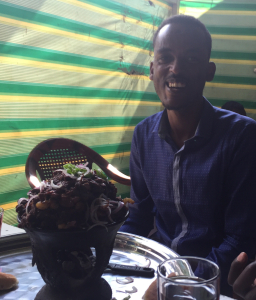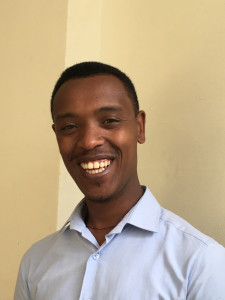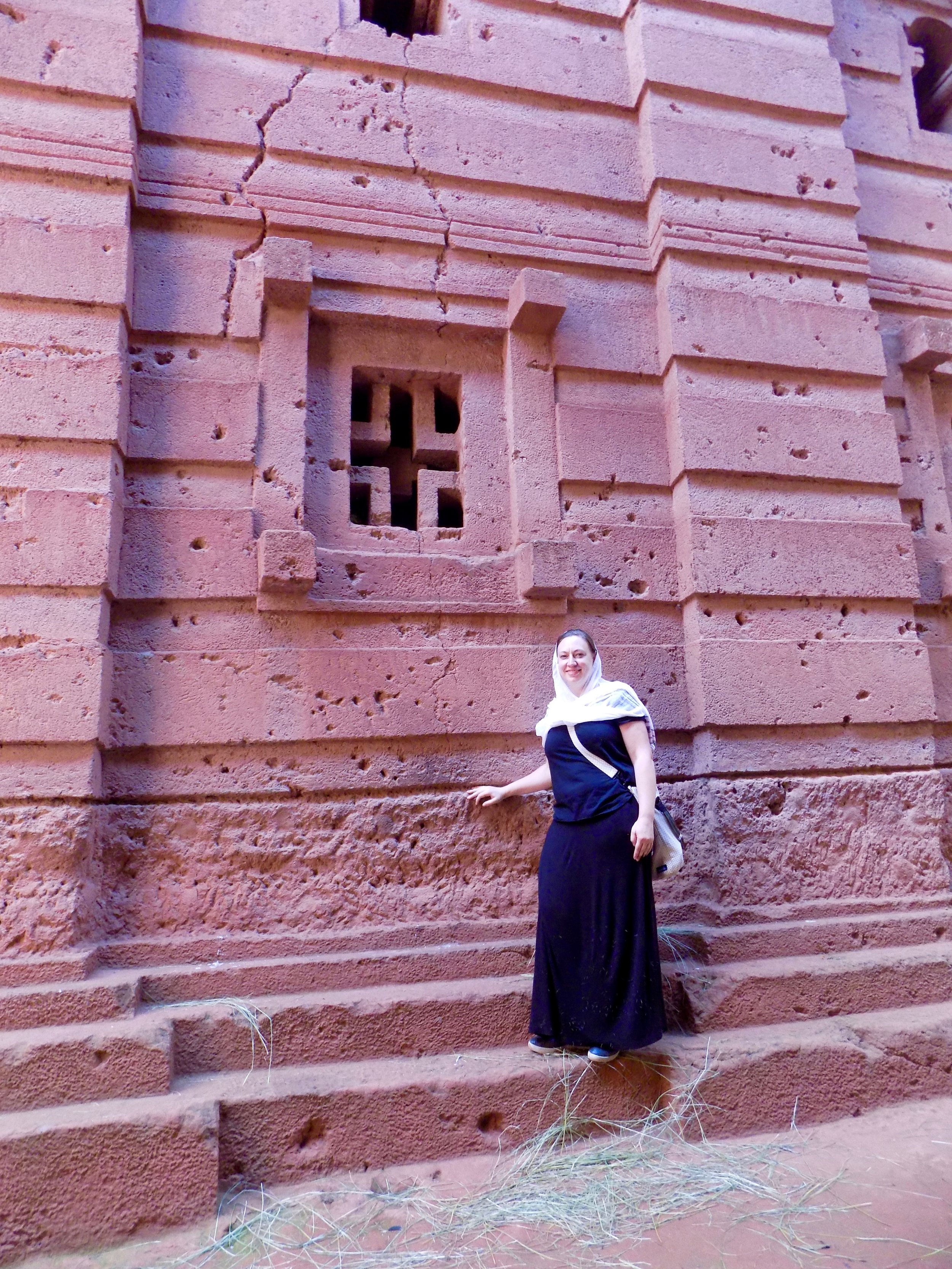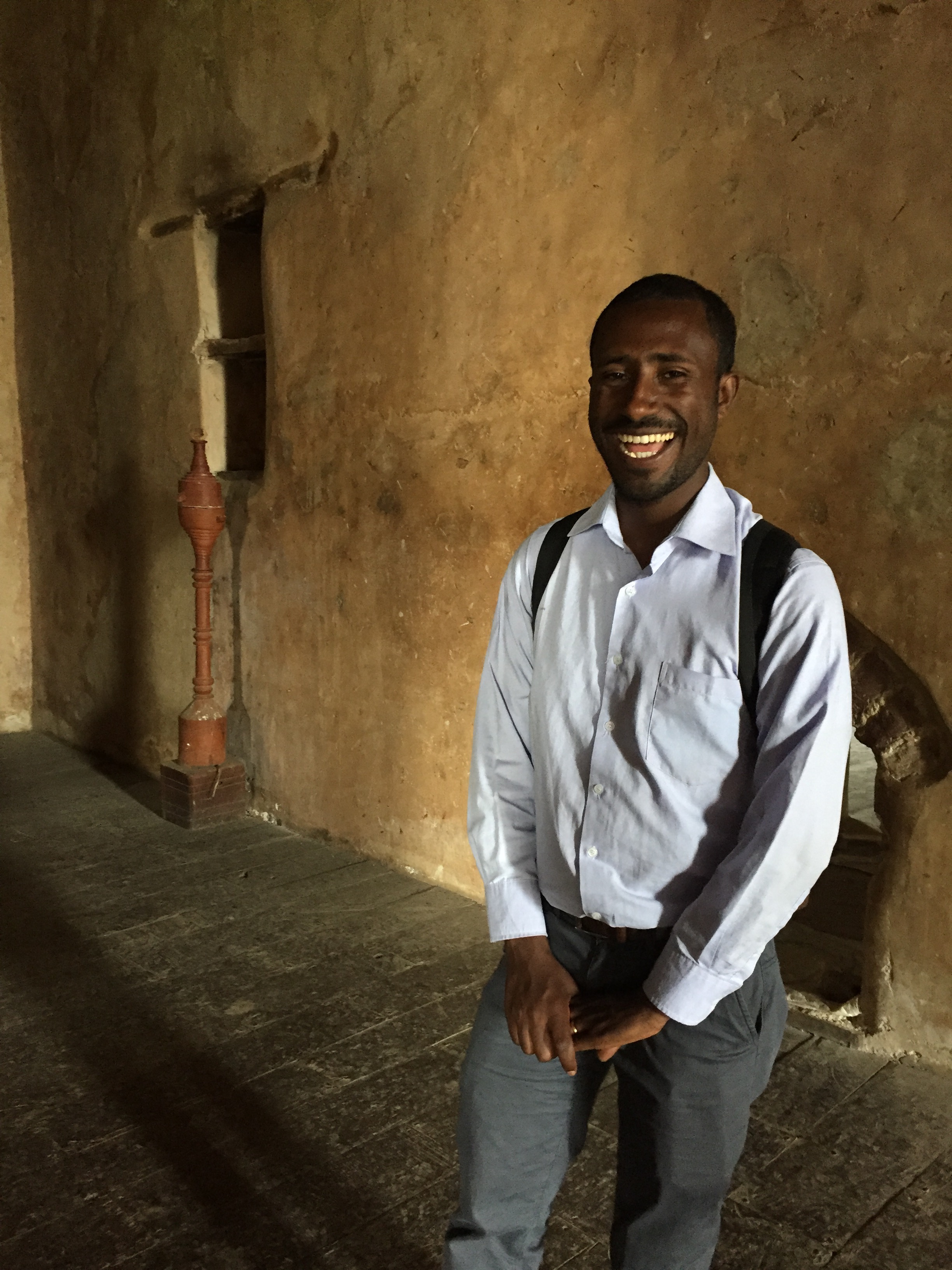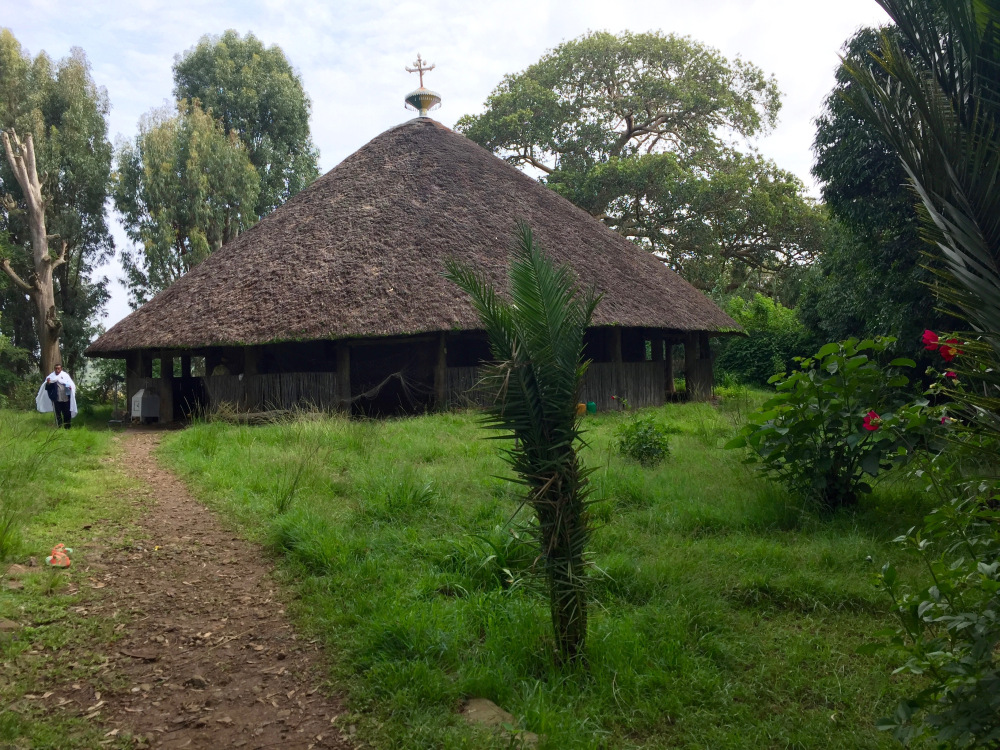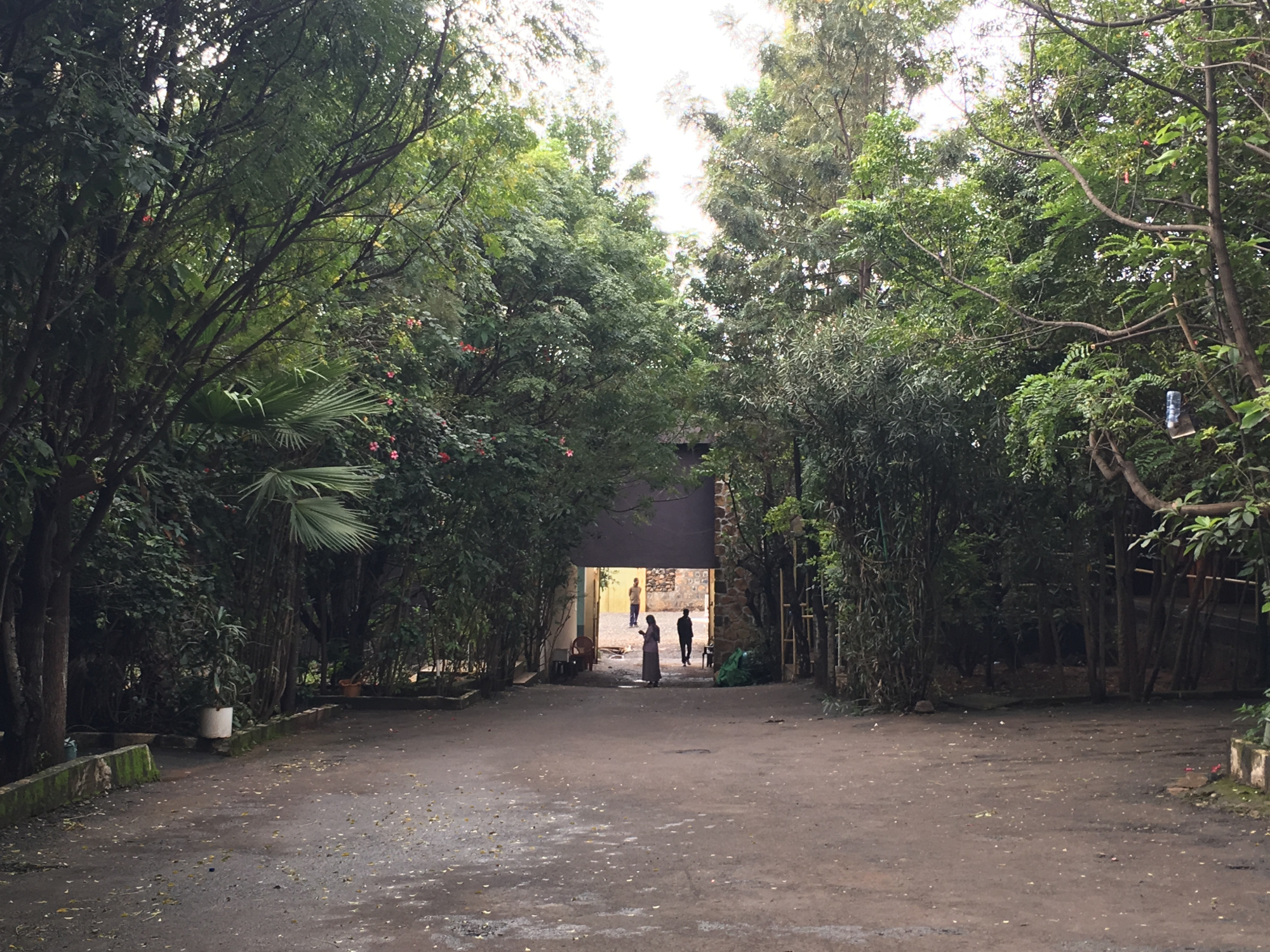Posted by Rebekah Maldonado-Nofziger, SCOPE fellow, May 7, 2018
I have been in Gondar, Ethiopia now more than one month. And is well!
I arrived around the time of Easter, so Gondar was hustling and bustling getting ready for Easter holiday and celebration. For Easter Sunday, Adino invited me to his home to celebrate Easter with him and his family. Adino’s mother in-law prepared the traditional coffee and had delicious food. Friends and relatives of Adino’s came to spend the afternoon together. It was great getting to know Adino’s friends and what they are doing at the University of Gondar or in other places of work. I ate engera with lentils until I was full (more than full!). The Ethiopian culture is so welcoming and giving.
Since my arrival, I have lived in four separate locations. Even with all the moving, it has been good to understand the various sections of town and meet the people in the different areas of Gondar. I am often pulling out my Amharic English book trying to find the words to communicate! Currently, I am living at University Guesthouse where previous fellows have lived. I have also been meeting and making friends from all over the world, United Kingdom, Germany, Switzerland and fellow Americans. Together we create a supportive network checking in with one another and seeing how things are going.
From the University Guesthouse, every morning and afternoon Monday through Friday I either walk to the University of Gondar or take the minibus (picture a minivan in the USA) into the University of Gondar. The minibuses have a route that they follow. The difference from the United States is that you can stop the minibus on route at any point to get on or off the bus. In many ways, I like this. In the Seattle, you can only get on or off at the exact bus stops, but here in Gondar if you are walking and feel tired, you could stop the minibus and get on. The only down fall I have experienced, is if the minibus is full then it is not possible to board. In which case, I keep walking. Either way, one way or another I get to the University of Gondar!
On a side note: I was walking to the University of Gondar beginning of this week and I have learned stay focused; I am on a mission to get to the University. I was so concentrated that I did not hear one of the Ethiopian doctors who was calling to me from his car (he lives at the guesthouse too). I finally looked up and he said, “I have been calling for you and you did not respond.” I applogized profusely and said I was so concentrated that I did not hear him. He forgave me, and said come on! I got into his car and he gave me a ride to the university where he too works. It was a nice break from walking and from being in the minibus!
Upon my arrival I have been working very hard on updating the training manual and having meetings with Dr. Getahun, Adino, and Simegnew to talk about how we can make improvements on the training manual. One document that I have been using immensely to update the training manual is the Ethiopia Demographic and Health Survey (EDHS) 2016. One thing that has stood out to me when reading the EDHS survey is the importance of education especially among women. Women suffer from many disparities in Ethiopia and in part, I believe it is because of the lack of education. Education and health are very intertwined. Reading the EDHS survey has continued to make me passionate about the work that is being done through the SCOPE FLAME project partnering with priests (usually men) and the Health Development Army (usually female and comparable to community health workers) to empower and educate women on the importance of receiving antenatal and delivery services. This ultimately assists in reducing maternal and neonatal deaths around pregnancy. Through my work here, I am finding that increasing the health and wellbeing of women is important. In addition to this, education is also very important to increase their health and economic status of women. After doing this work, I find myself talking to women at the restaurants or little shops, asking them about what they are studying and what they are passionate about. I encourage them to keep studying!
This week (4.25.2018) there has been a training being organized by Kendelam, Ethiopia SCOPE Fellow, with the Holy Water Project sites at the University of Gondar. I was able to sit in for half day training and observe Adino provide education on adherence to HIV medication and the important role that priests can play in this work. To start off the training one of the priests would pray. Although I could not understand the language, I could tell they were very engaged. The priests would ask Adino many questions. During break, I asked Adino how he felt the training was going, and he said that the priests were asking really good questions. Kendelam agreed! This is the time I wish I was fluent in Amharic. I need to continue to work on my Amharic!
It has been great working with the SCOPE Gondar team. One area I have been working to understand is the health system of Ethiopia. Although it is not super complex, because I am not from Ethiopia the health system does not come natural to me. Dr. Getahun is always telling me to ask questions and ask the same question again if need be. And I do! This kind of learning environment provides me confidence to ask questions and an environment where I can easily learn. This is just one example of how I have felt support from the Gondar team! I am so delighted and honored to be working in partnership with the team. One of these days my plan is to invite the whole SCOPE Gondar crew over to my house for a meal














